Smart Office IoT Network Design and Remote Control Project
VerifiedAdded on 2023/06/08
|12
|847
|53
Project
AI Summary
This project outlines the design and implementation of an IoT-based smart office network connecting a main office in Sydney with a branch office in Bathurst. The Sydney office includes various smart devices like ceiling fans, windows, doors, motion detectors, sprinkler systems, smoke detectors, temperature monitors, and wind speed detectors, all connected via a wireless router and registered on a remote server. The project details the configuration of these devices, including setting up wireless connectivity, IP configurations, and registration accounts. It also demonstrates remote control of these devices from the Bathurst office, including actions like turning off sprinklers and ceiling fans, locking doors, and automating window adjustments based on carbon monoxide levels. The project utilizes Cisco Packet Tracer for network simulation and includes screenshots and network diagrams to illustrate the design and functionality of the smart office network, focusing on enhancing security and automation through IoT devices.
1 out of 12
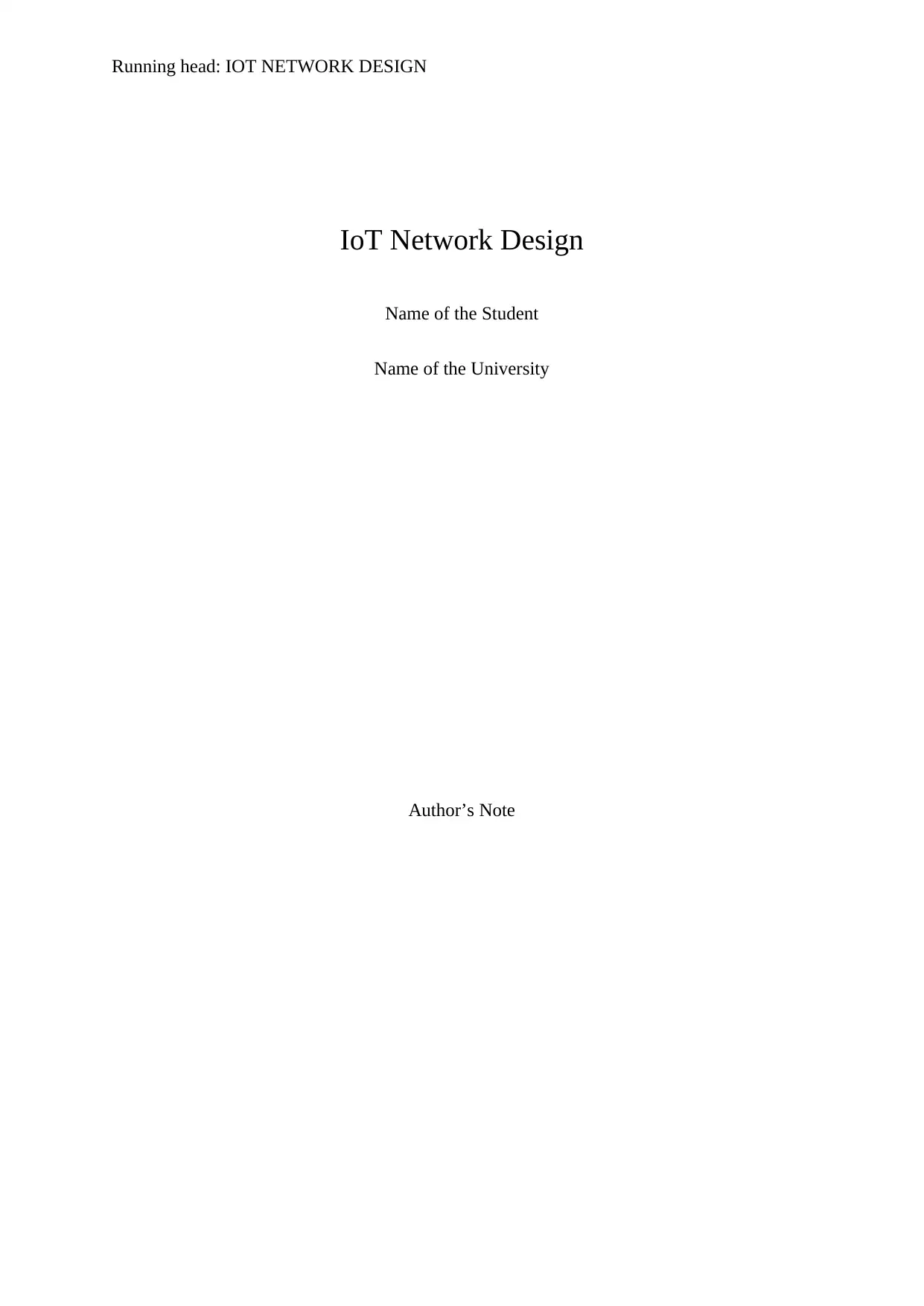

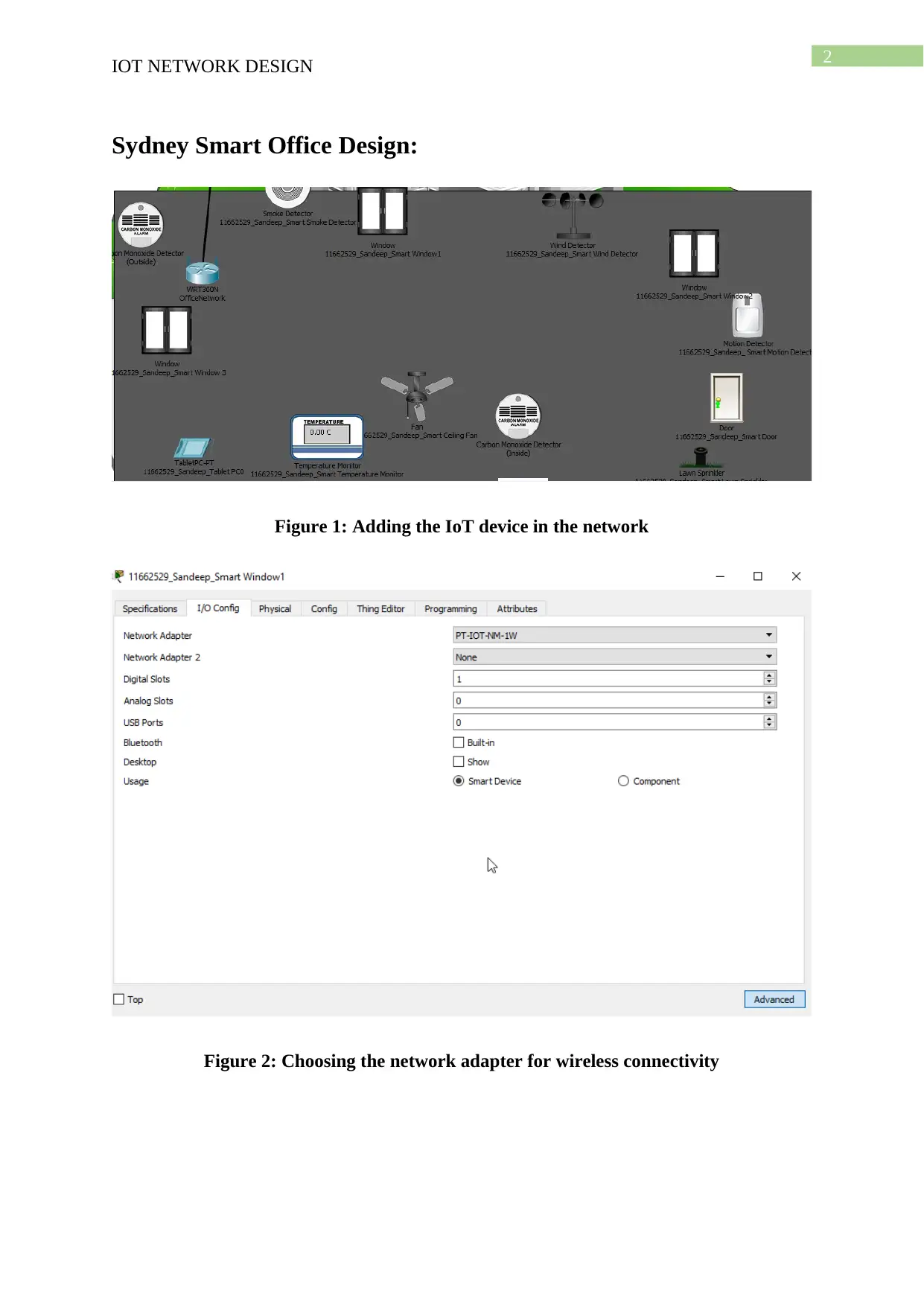

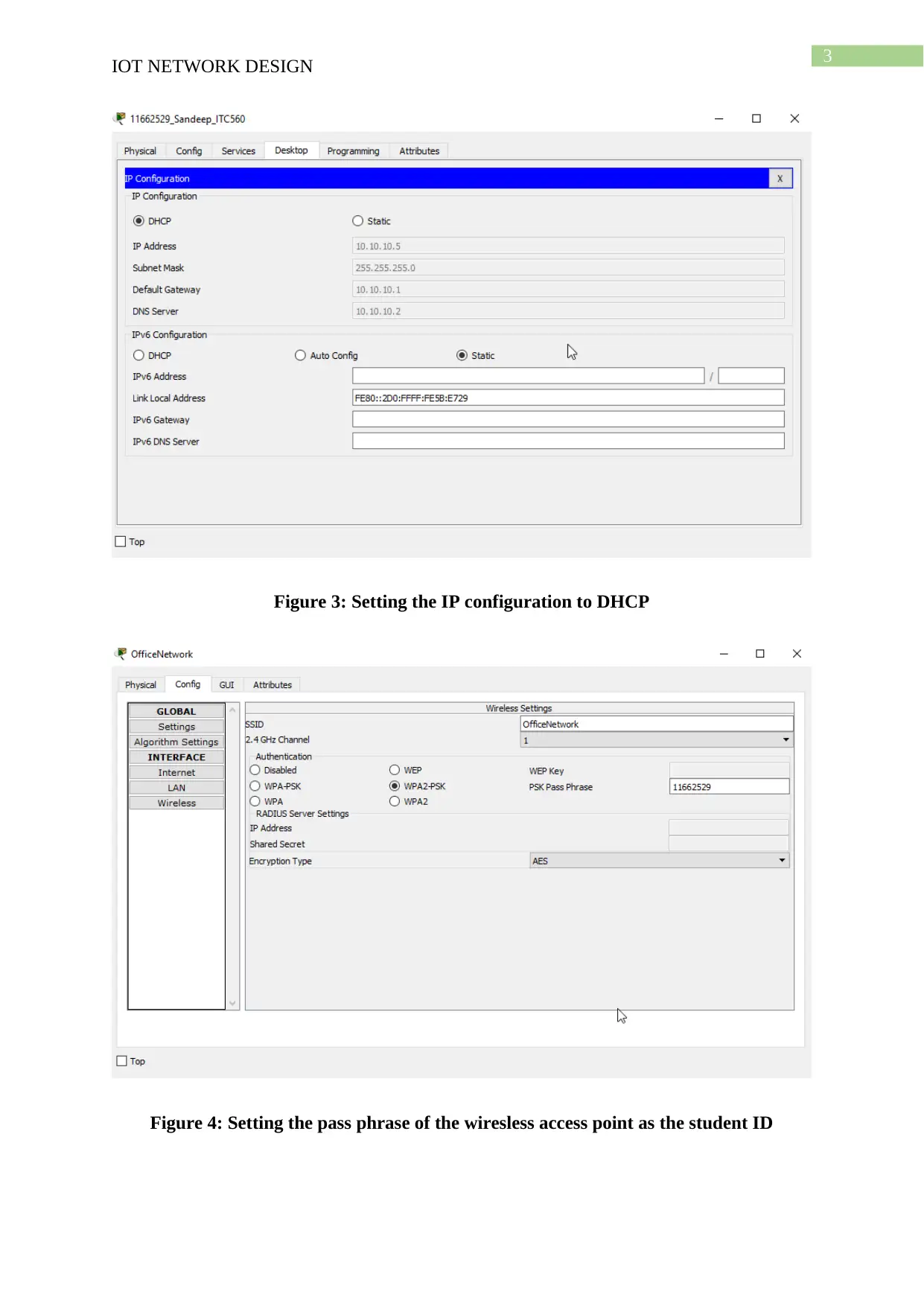
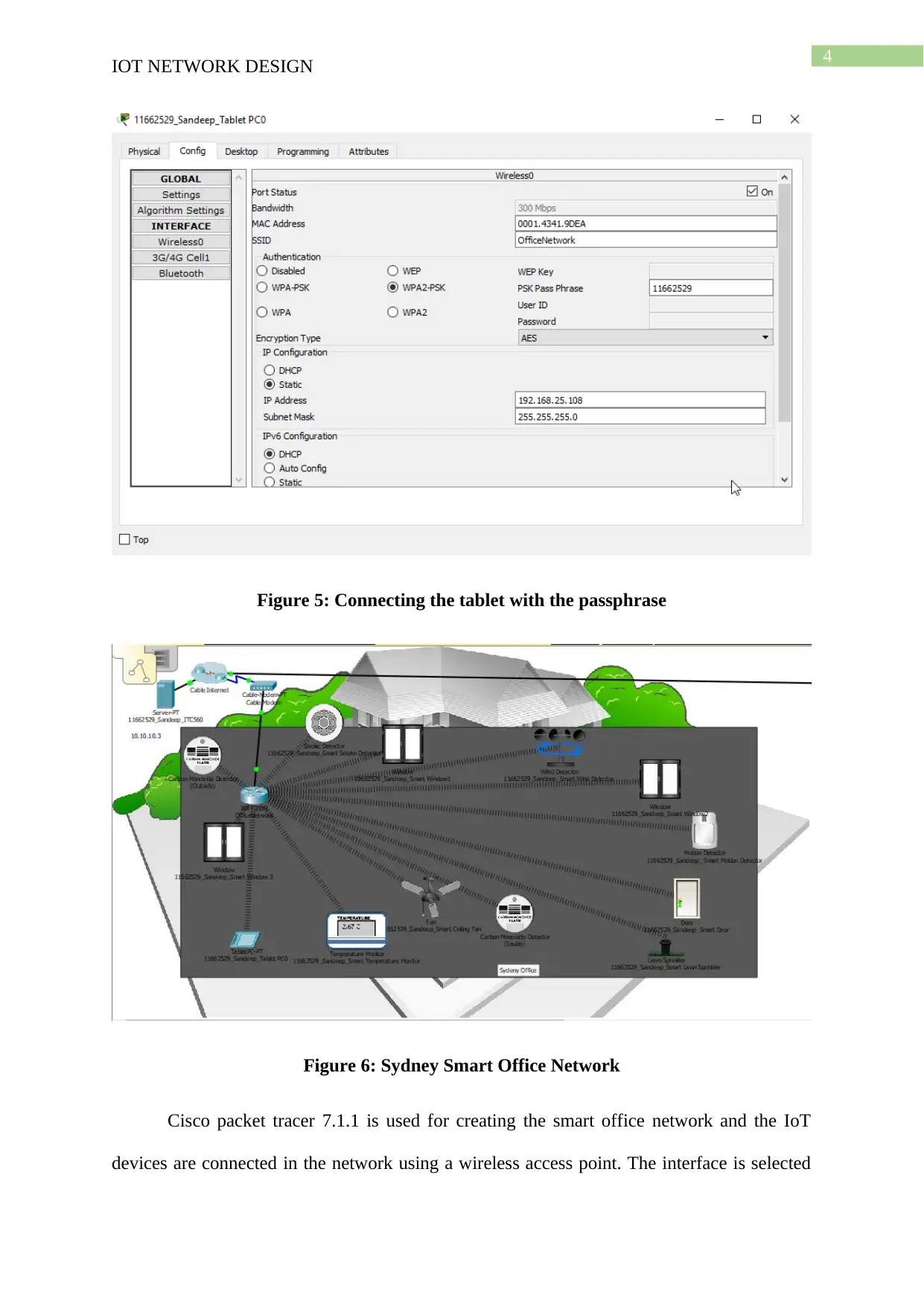
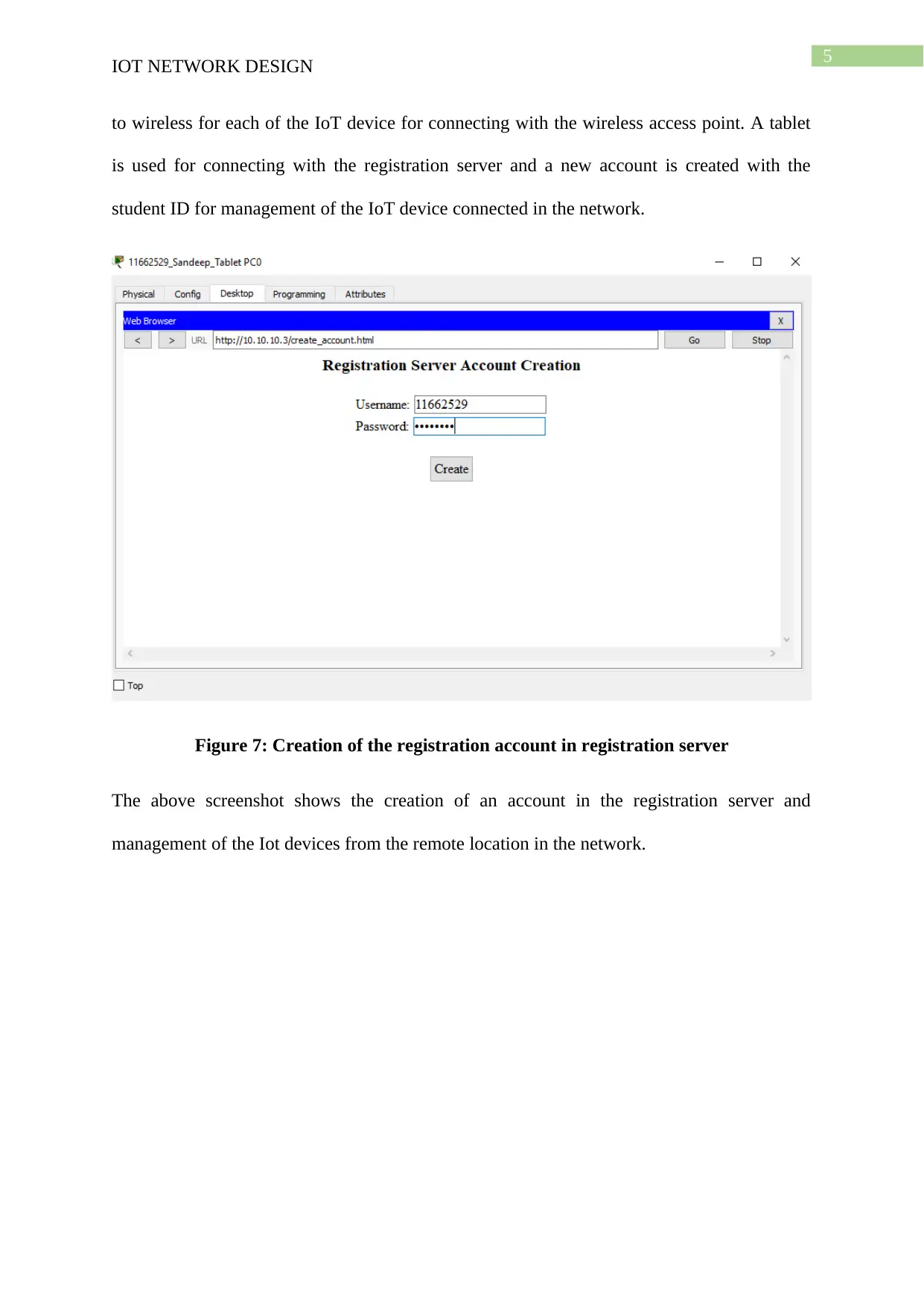
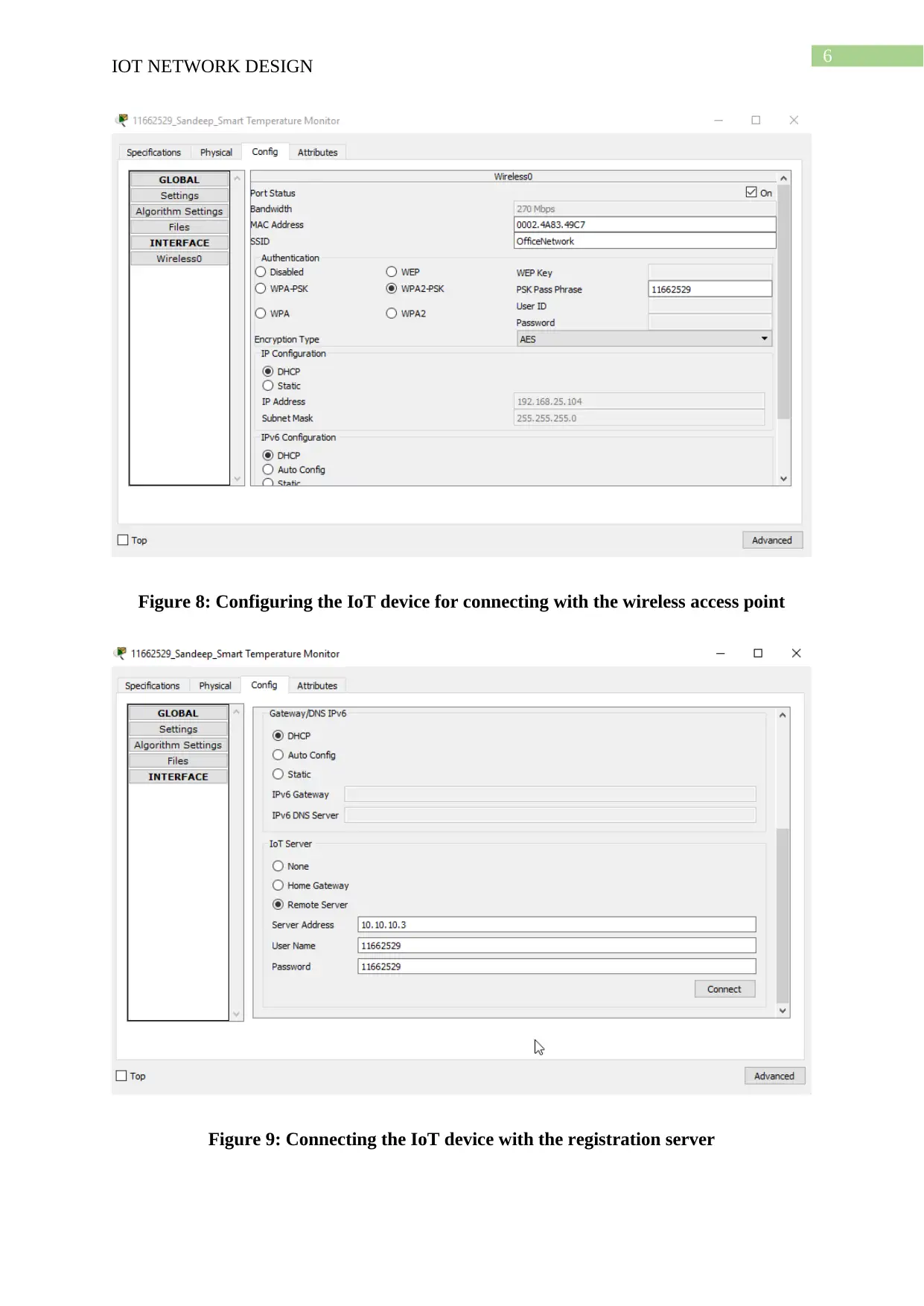
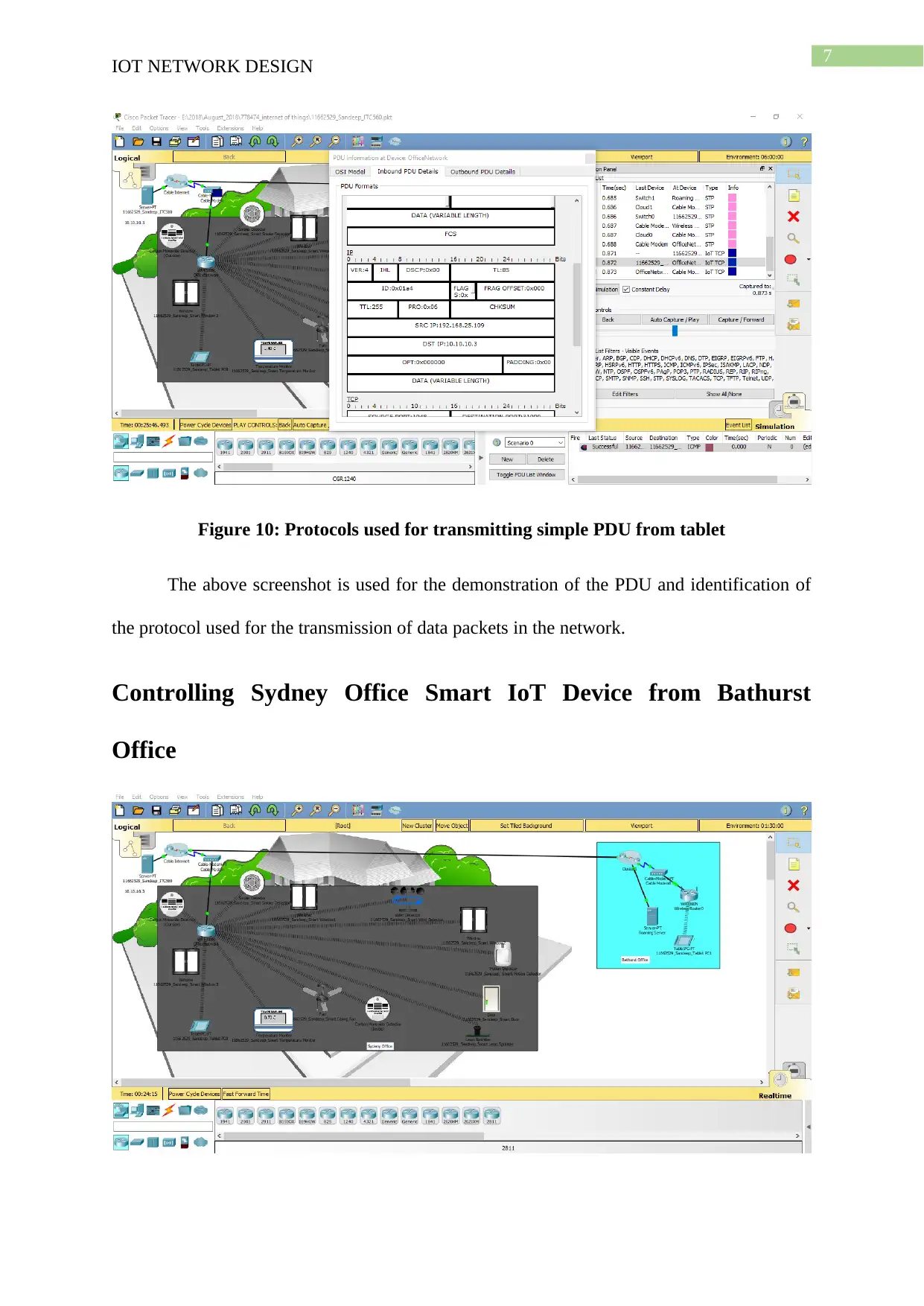
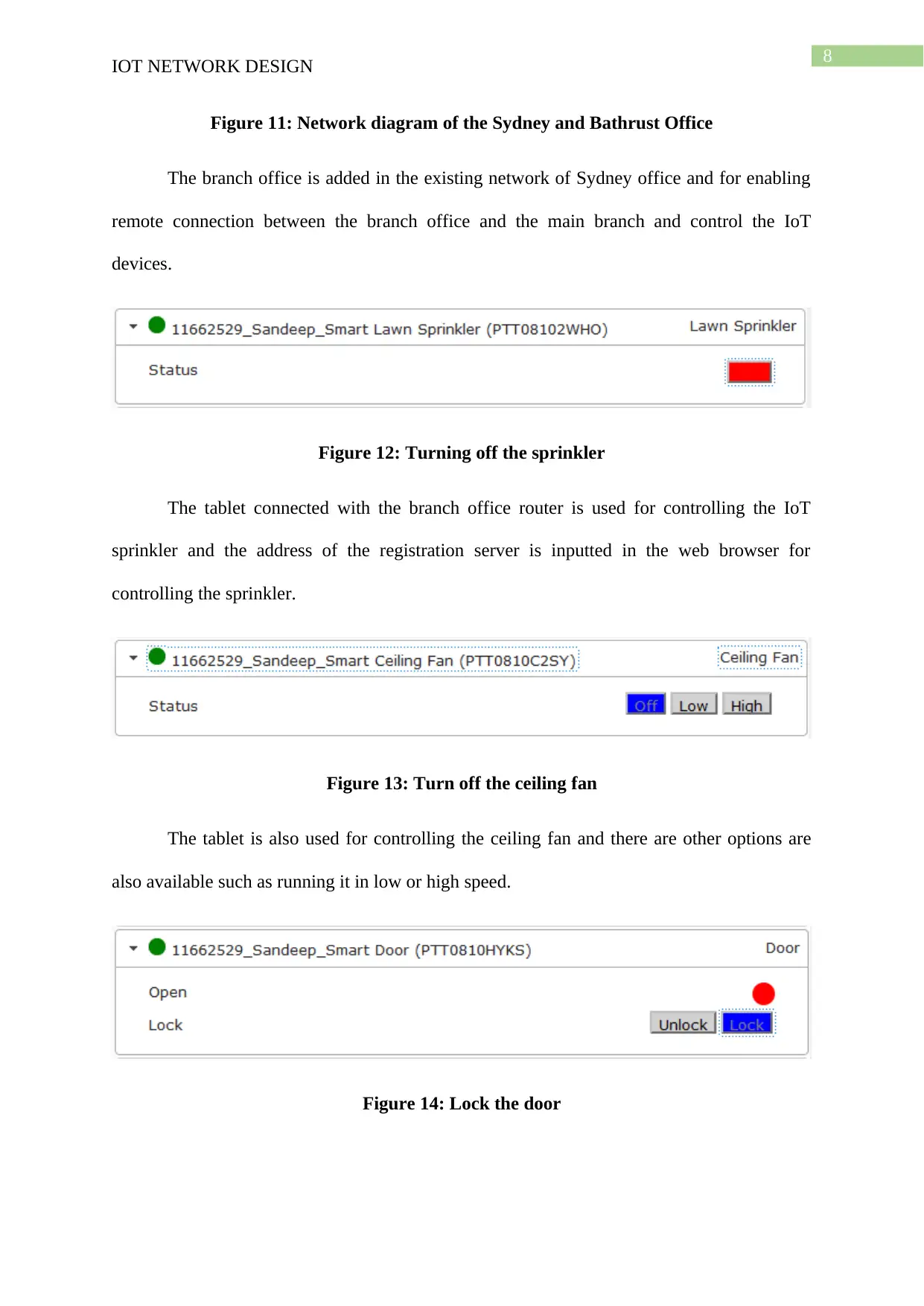
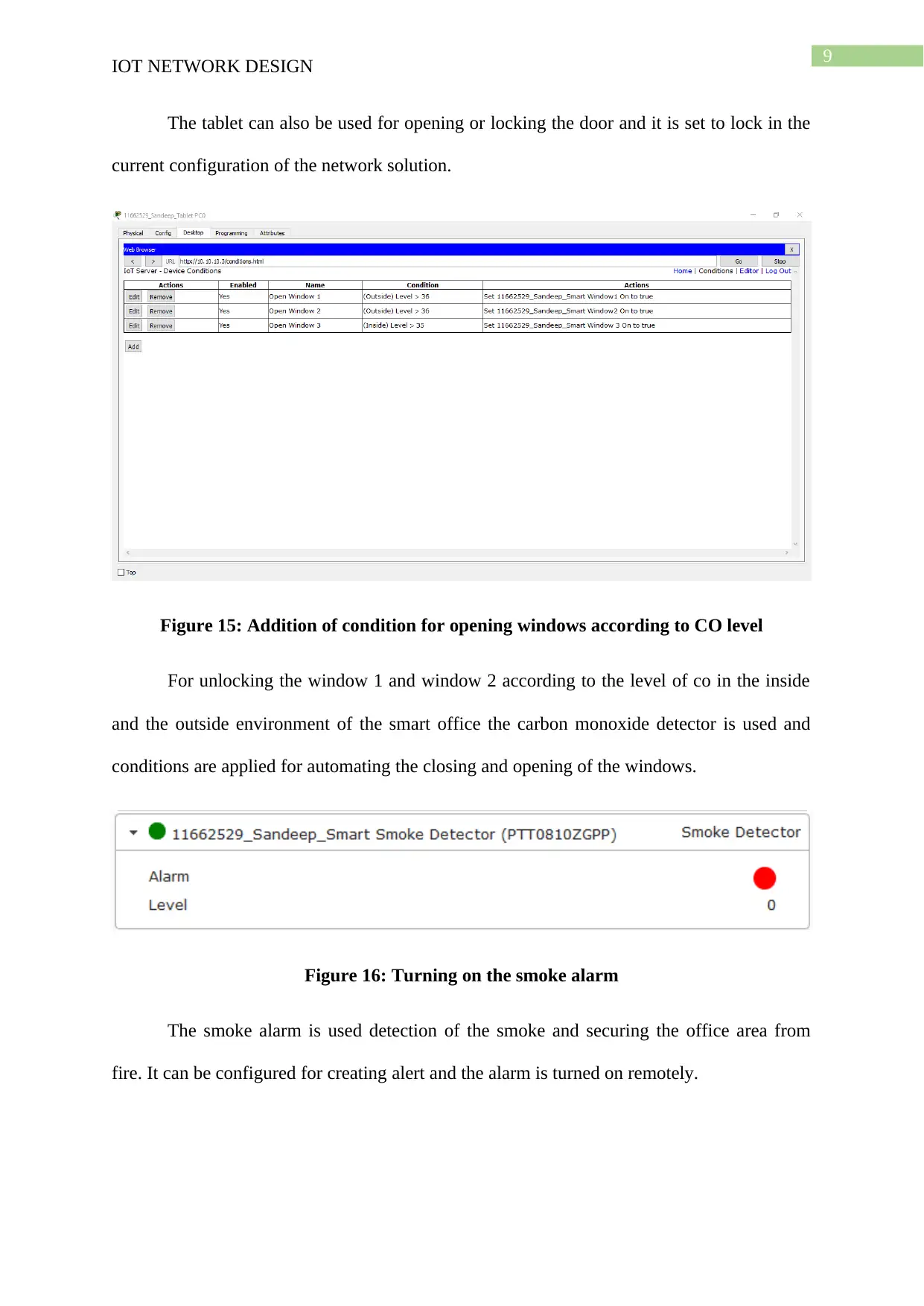
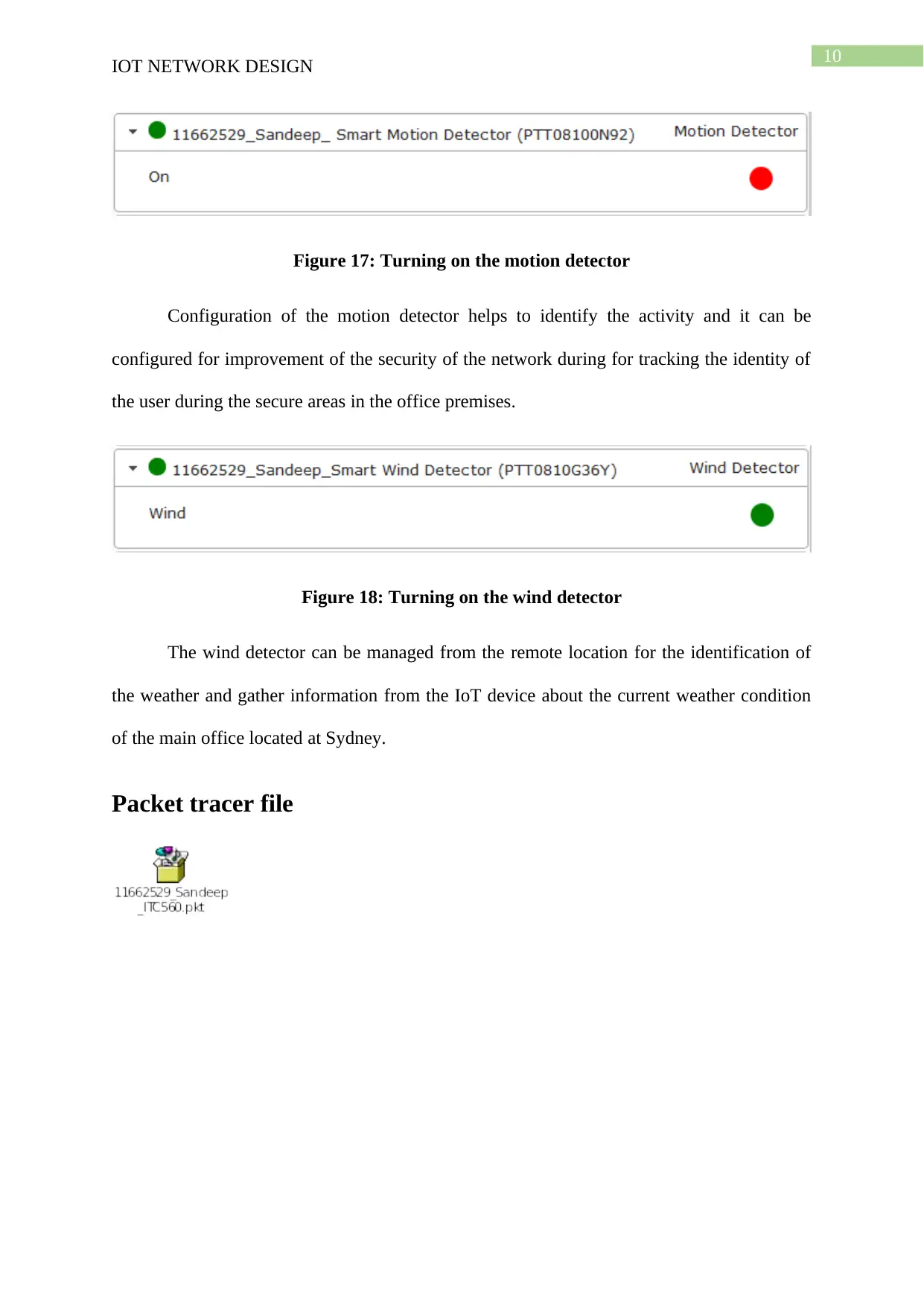
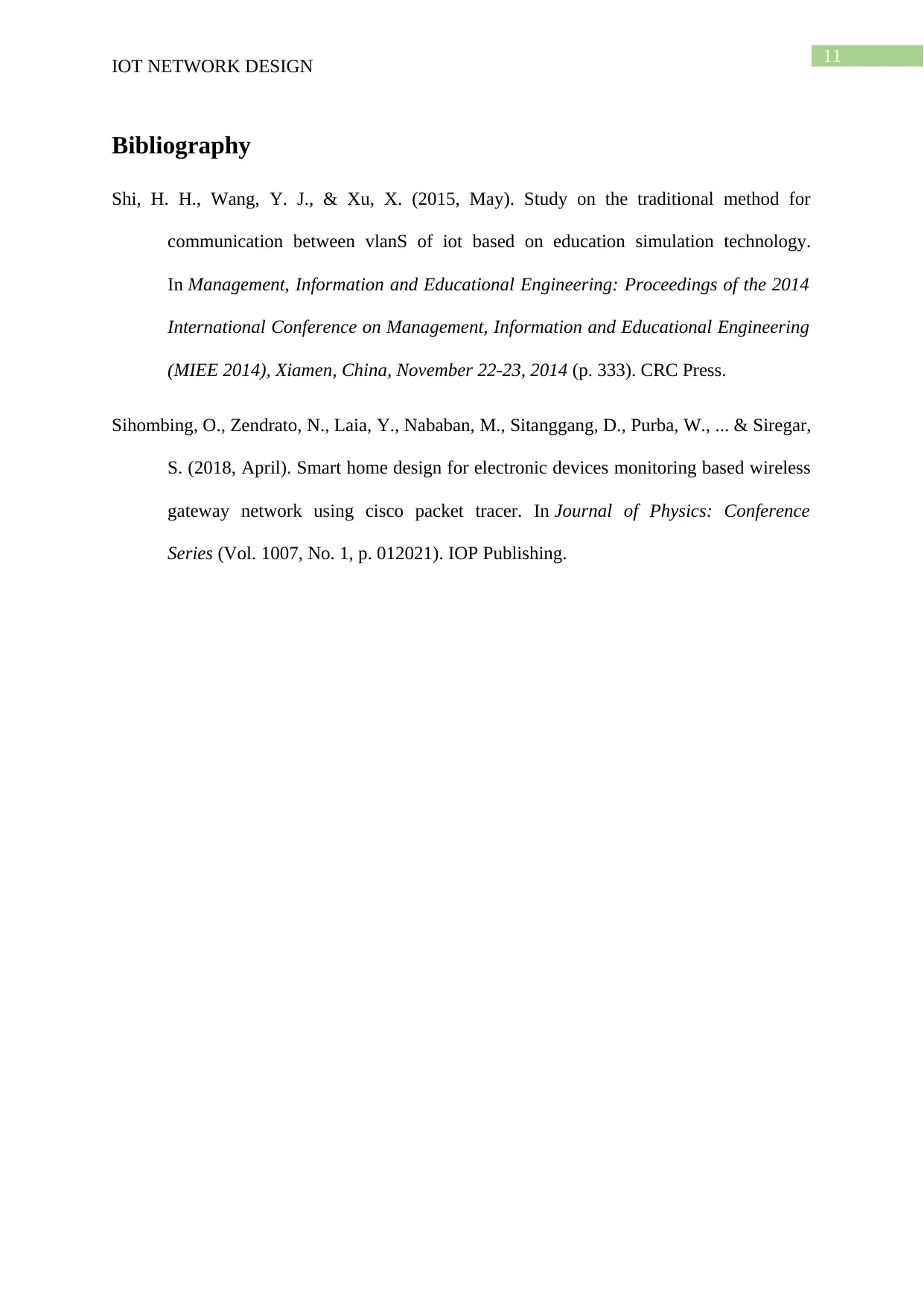






![[object Object]](/_next/static/media/star-bottom.7253800d.svg)